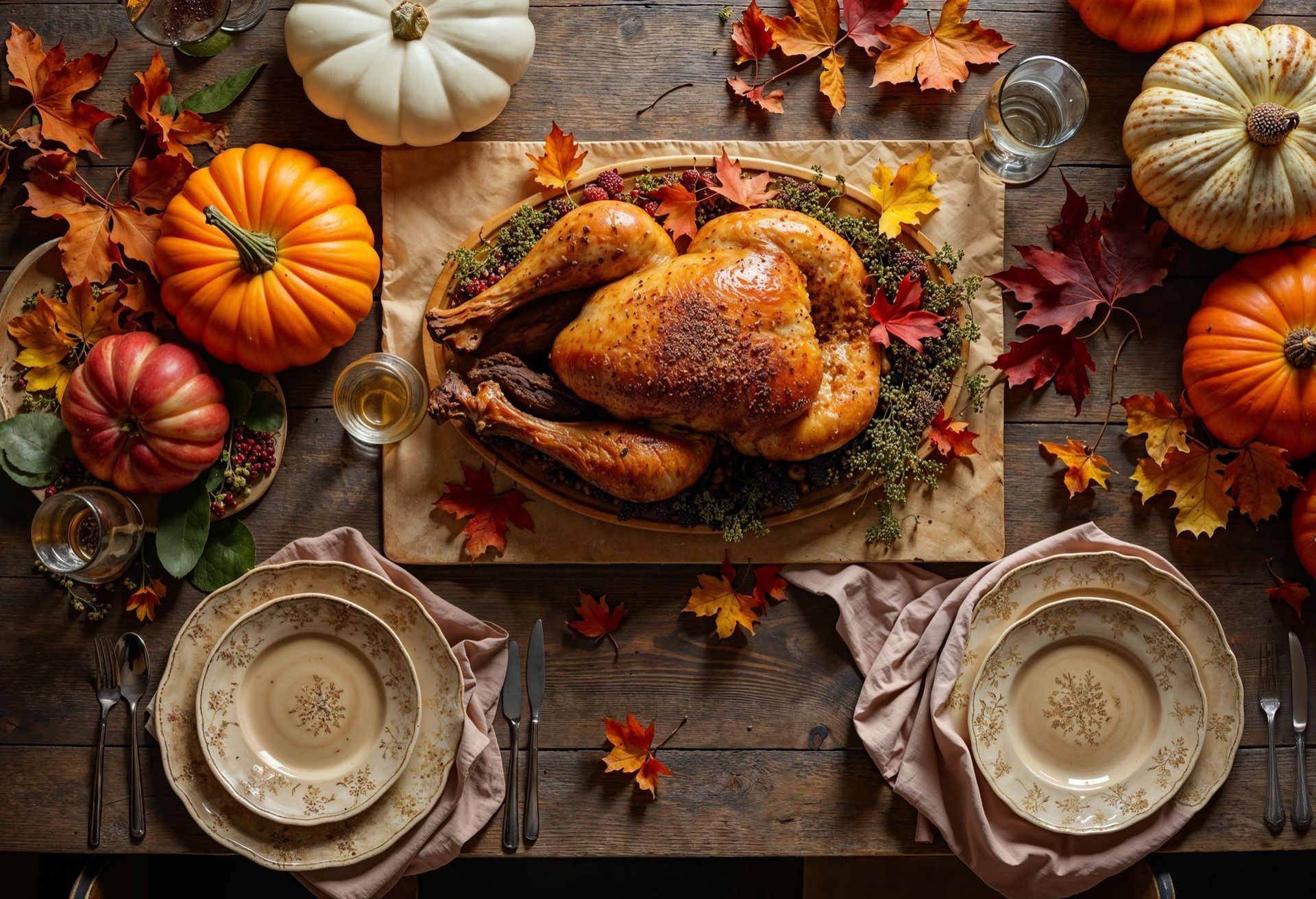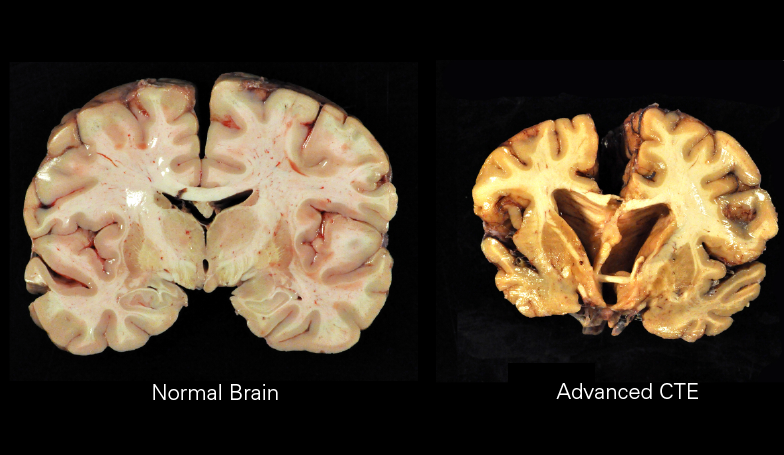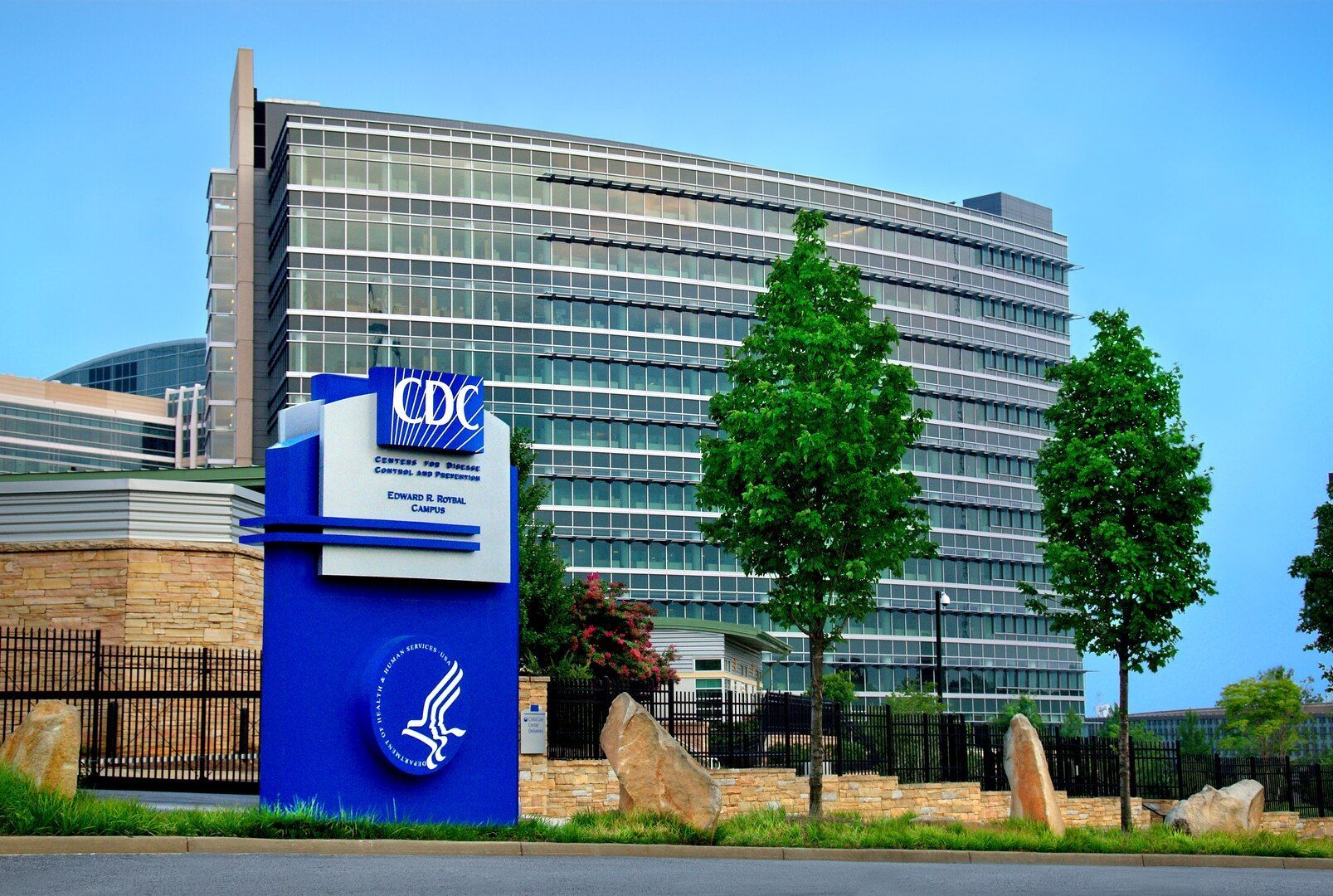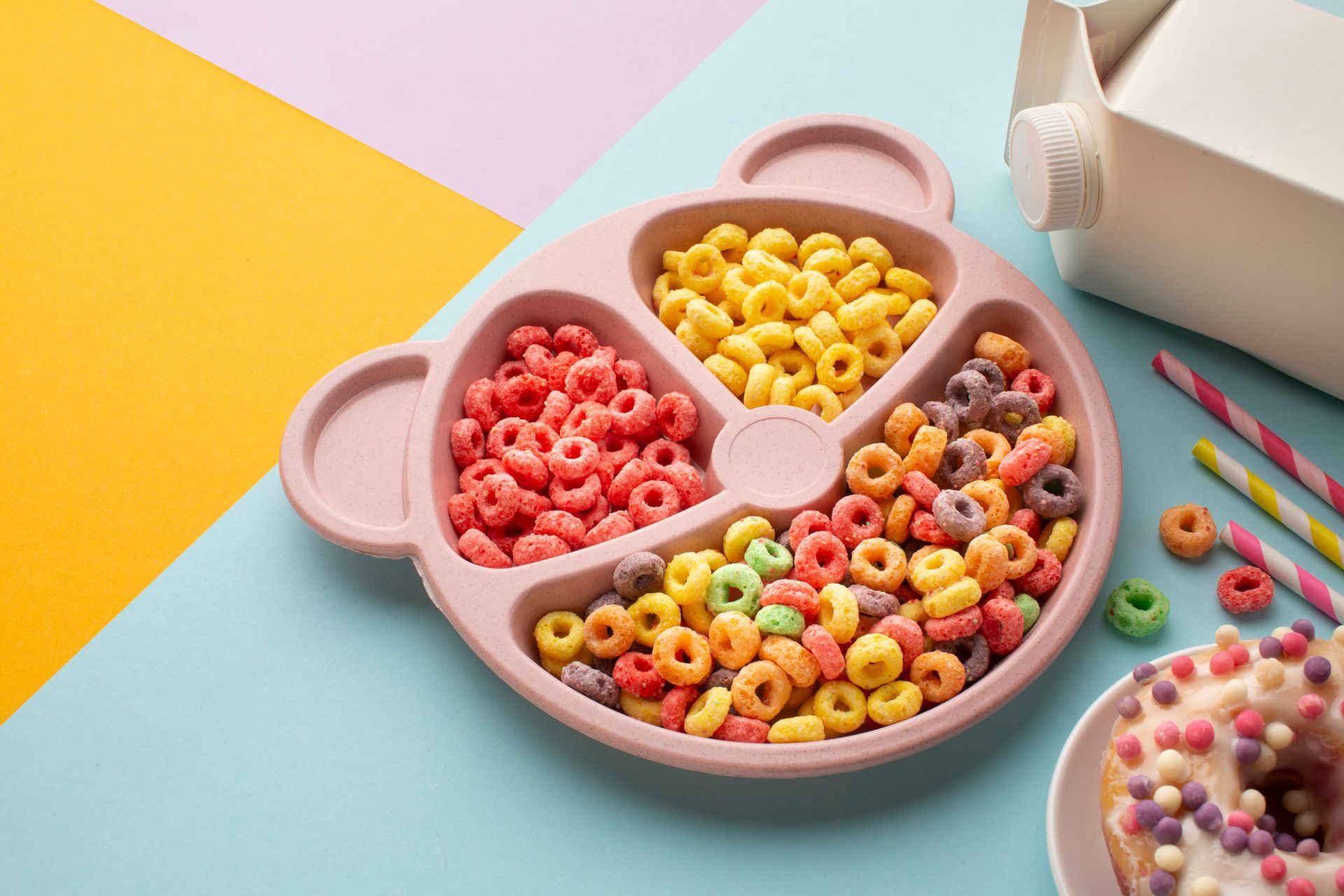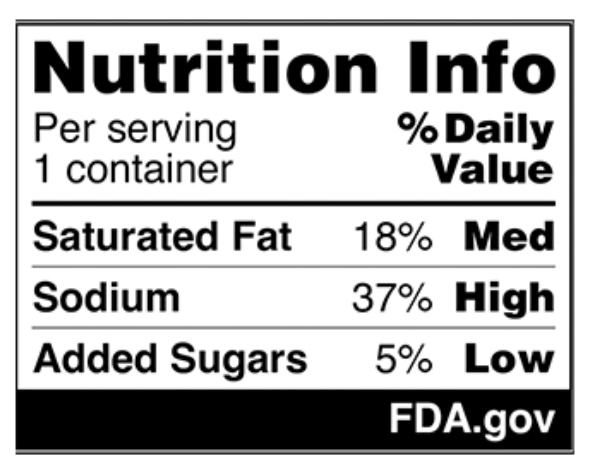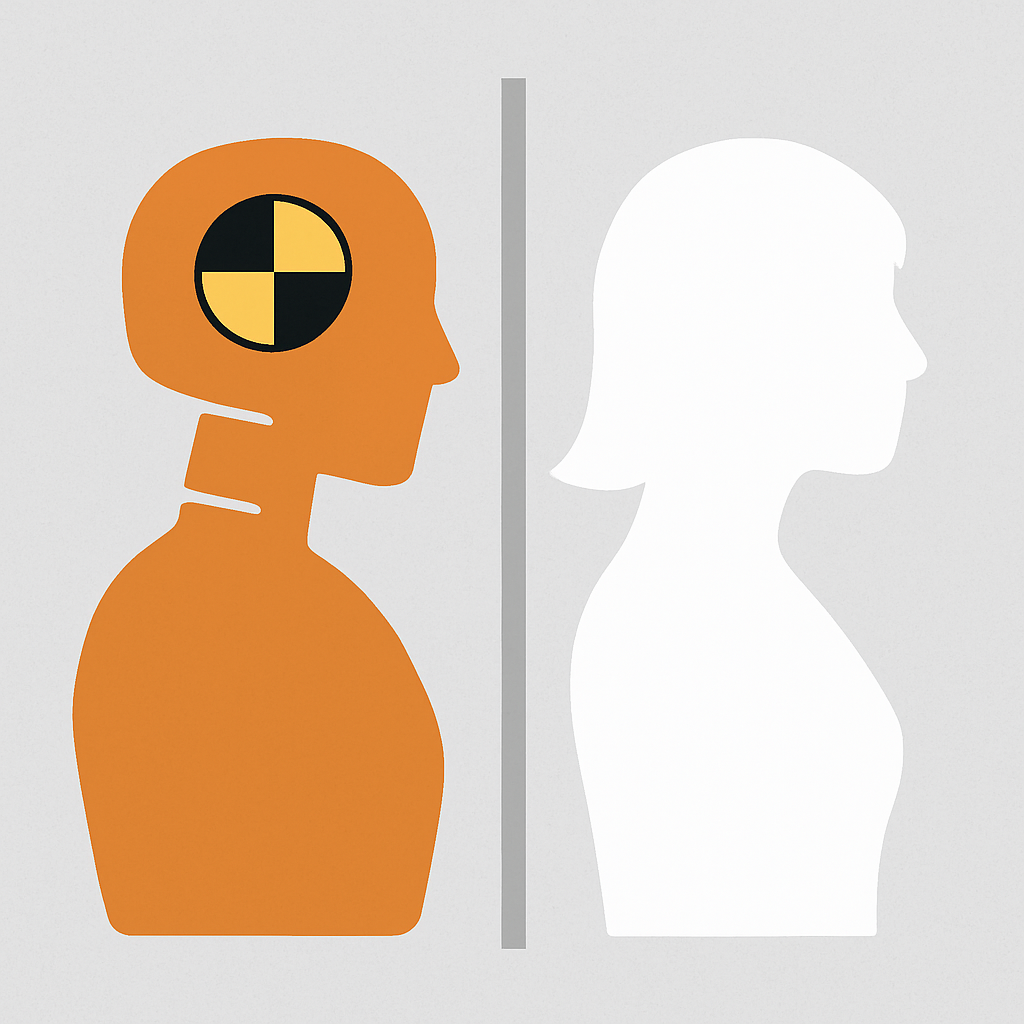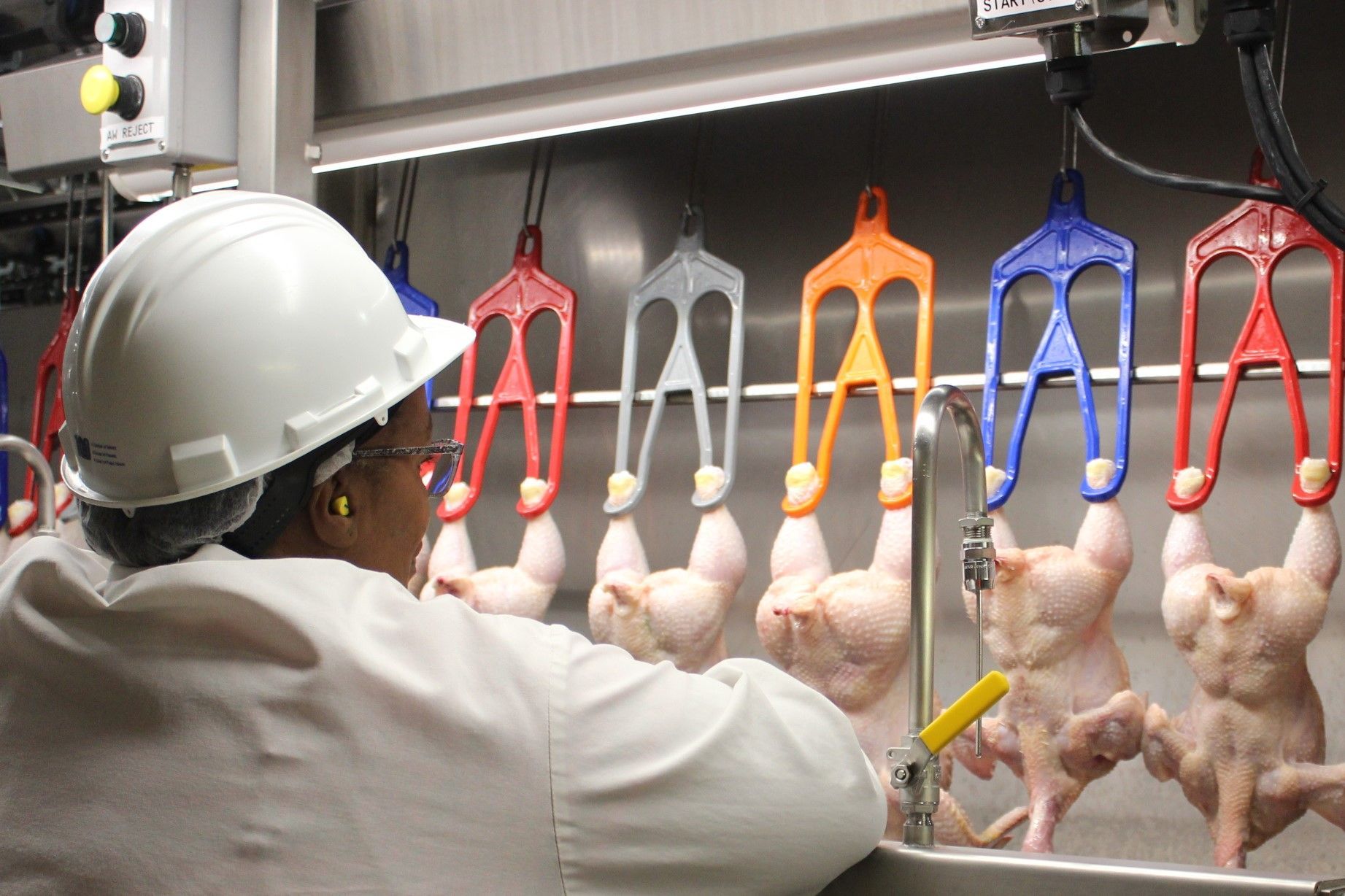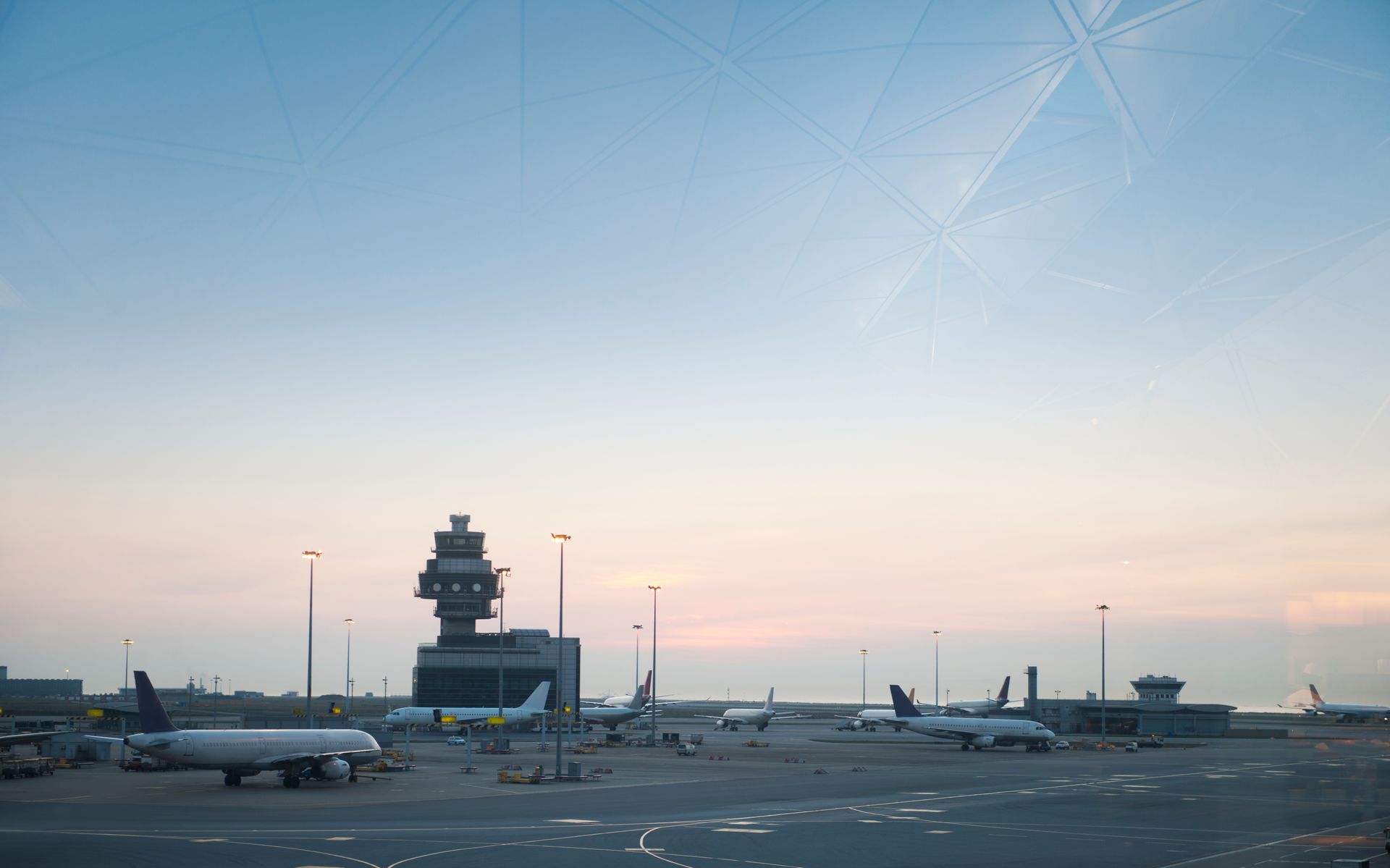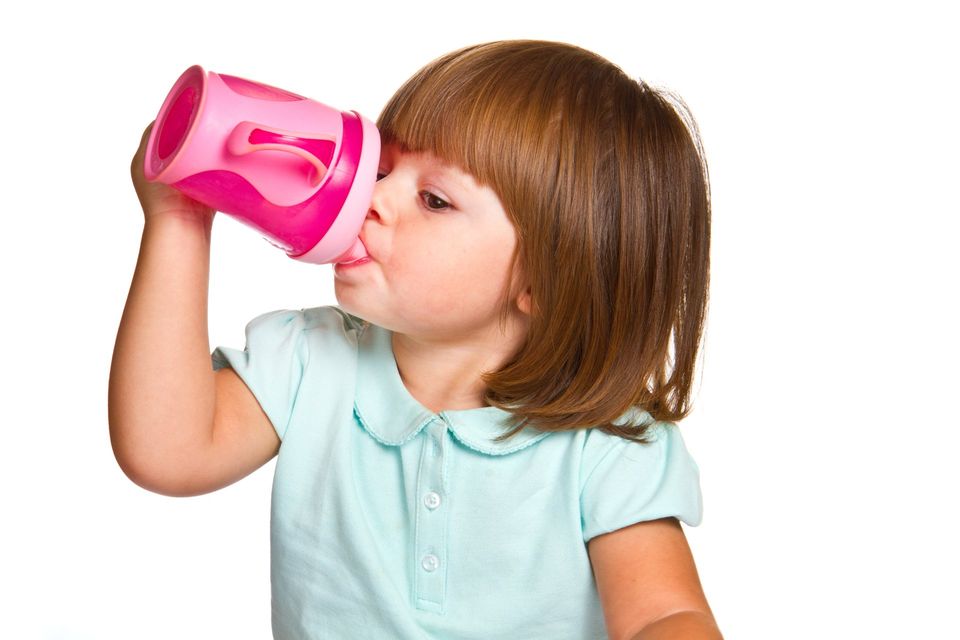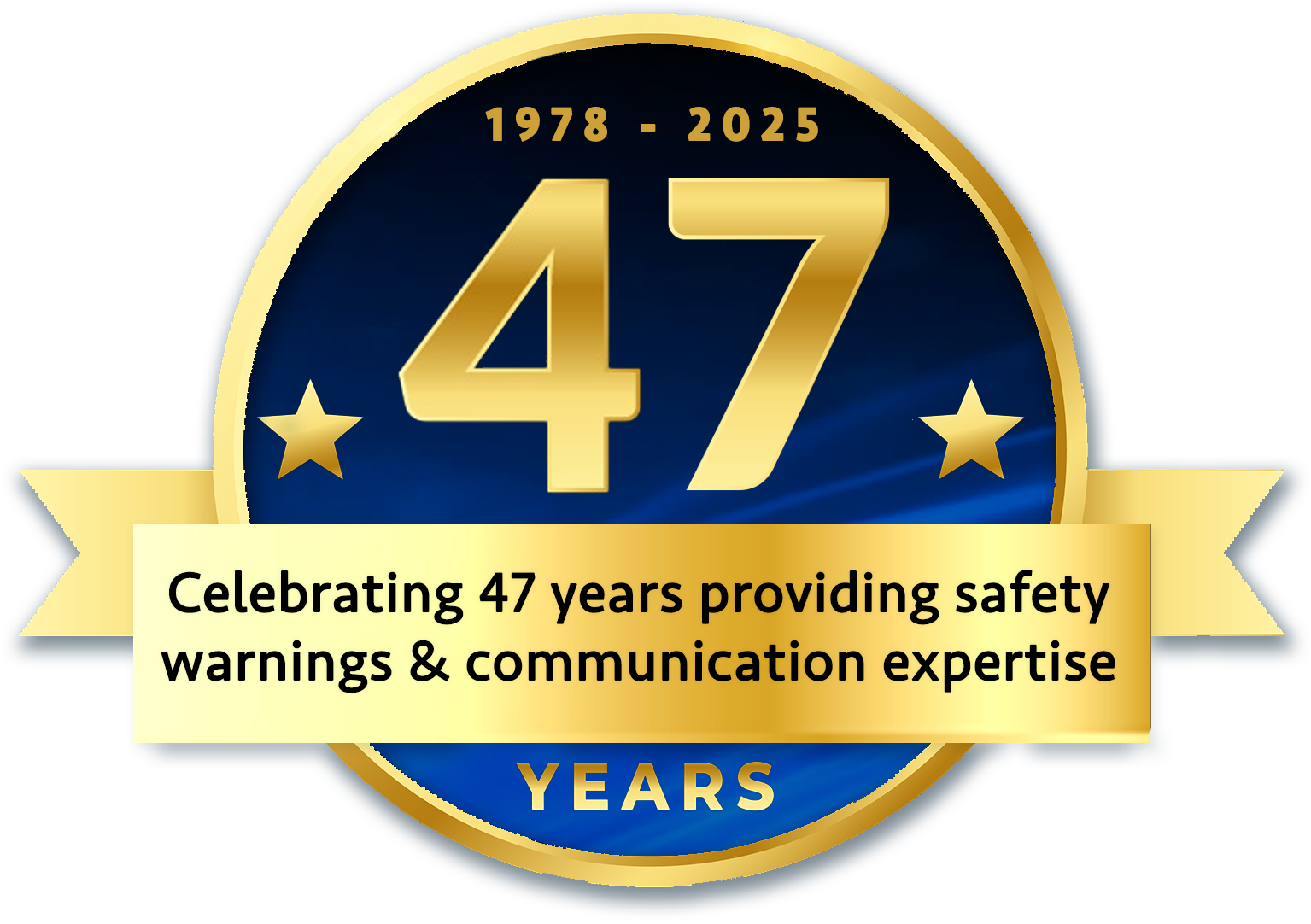CHILDREN UNDER 6 SHOULD AVOID ALL SUGARY DRINKS!
According to the New York Times (September 19, 2019, p.A10), scientists from the advocacy group Healthy Eating Research, with input from the American Academy of Pediatrics, the Academy of Nutrition and Dietetics, the American Heart Association and the American Academy of Pediatric Dentistry have announced new guidelines for what children under the age of 6 should be drinking. The bottom line is that these young children should only drink milk or water and totally avoid any type of sugary drink, including fruit juices, chocolate milk and popular plant-based beverages such as almond, rice or oat milk, which can be high in sugar and low in protein. These recommendations recognize that children develop beverage preferences at an early age. If those preferences are based upon a diet filled with sugary drinks, these children may be entering a path toward becoming overweight or obese, a fate that now plagues almost 1/3 of children and adolescents in the United States. Scientists, health care professionals and nutritionists have been telling us for years that obesity significantly increases our risk of developing Type 2 diabetes, heart disease, stroke, high cholesterol, high blood pressure and even some cancers. If parents avoid giving their children sugary drinks during their first 5 years, they will have increased the likelihood that their children will develop a preference for non-sugary drinks as they age, resulting in a healthy diet that can last a lifetime.
The new recommendations are broken down by age group:
BIRTH TO SIX MONTHS: Infants should drink only
breast milk or infant formula. They should avoid juice, milk and low-calorie sweetened beverages.
6 TO 12 MONTHS: Babies should still mostly drink breast milk or infant formula. Once they start eating solid food, they can start sipping water. They should still avoid juice, milk, flavored milk, transition formulas, low-calorie sweetened beverages, plant-based beverages, sugar-sweetened beverages, caffeinated beverages.
12 TO 24 MONTHS: Children should drink one to four cups of water daily and they can start drinking plain pasteurized whole milk. They can drink no more than 4 ounces of 100 percent fruit juice per day (which can be watered down). Avoid all other beverages, especially sugar-sweetened beverages, flavored milks, etc.
2 TO 3 YEARS OLD: Toddlers should drink one to four cups of water daily and transition to fat-free or low-fat (1 percent fat) milk. They should drink no more than 4 ounces of 100 percent juice and avoid any other drinks.
4 TO 5 YEARS OLD: These toddlers should drink 1.5 to five cups of water a day, skim or low-fat milk, and no more than four to six ounces of 100 percent fruit juice. They should not be given any other drinks.
These guidelines may seem strict, but when you realize that 19% of children in the United States are obese and about 1/2 of all 2 to 5-year-olds drink sugary beverages EVERY DAY, these guidelines will offer our children a healthier future, a future that all parents should want for their children.
